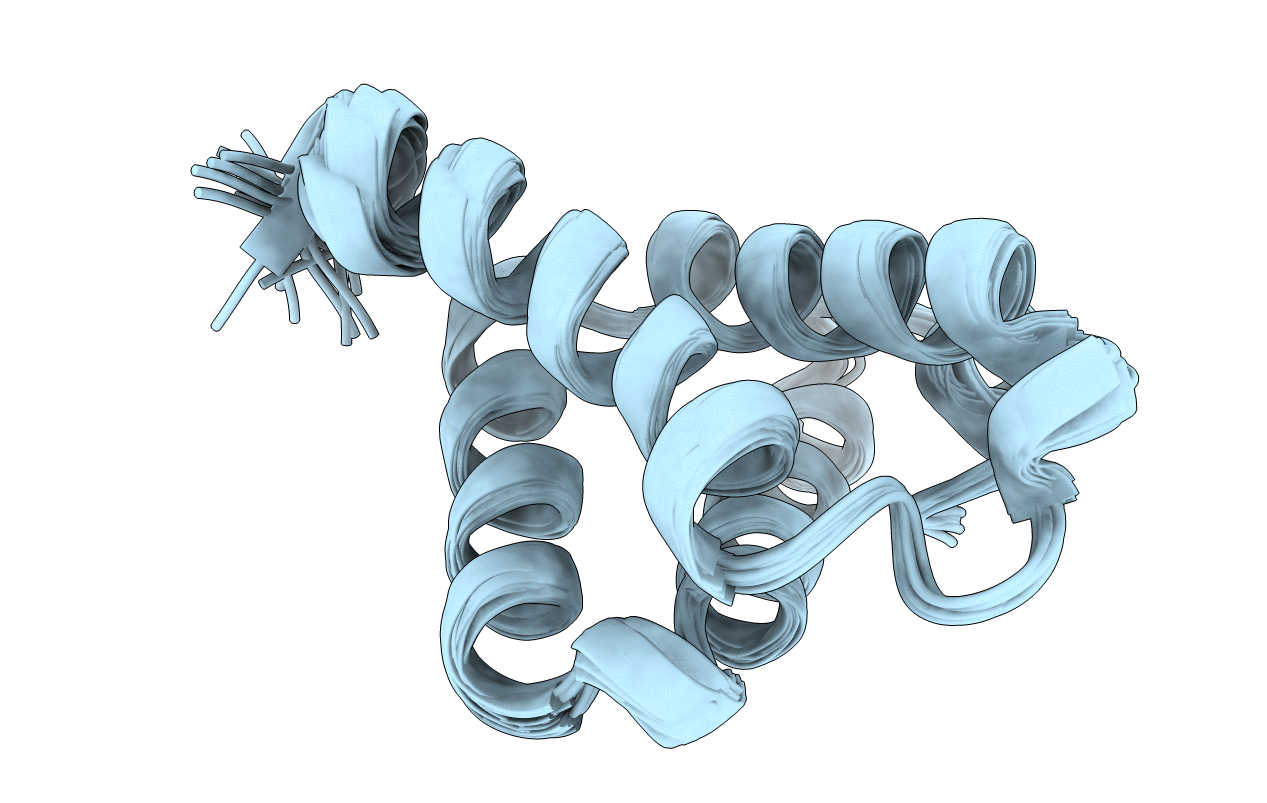
Deposition Date
2012-08-08
Release Date
2012-10-03
Last Version Date
2024-05-15
Entry Detail
PDB ID:
2LWX
Keywords:
Title:
Solution structure of the C-terminal Pdr1-activating domain of the J-protein Zuo1
Biological Source:
Source Organism:
Saccharomyces cerevisiae (Taxon ID: 559292)
Host Organism:
Method Details:
Experimental Method:
Conformers Calculated:
100
Conformers Submitted:
20
Selection Criteria:
target function


